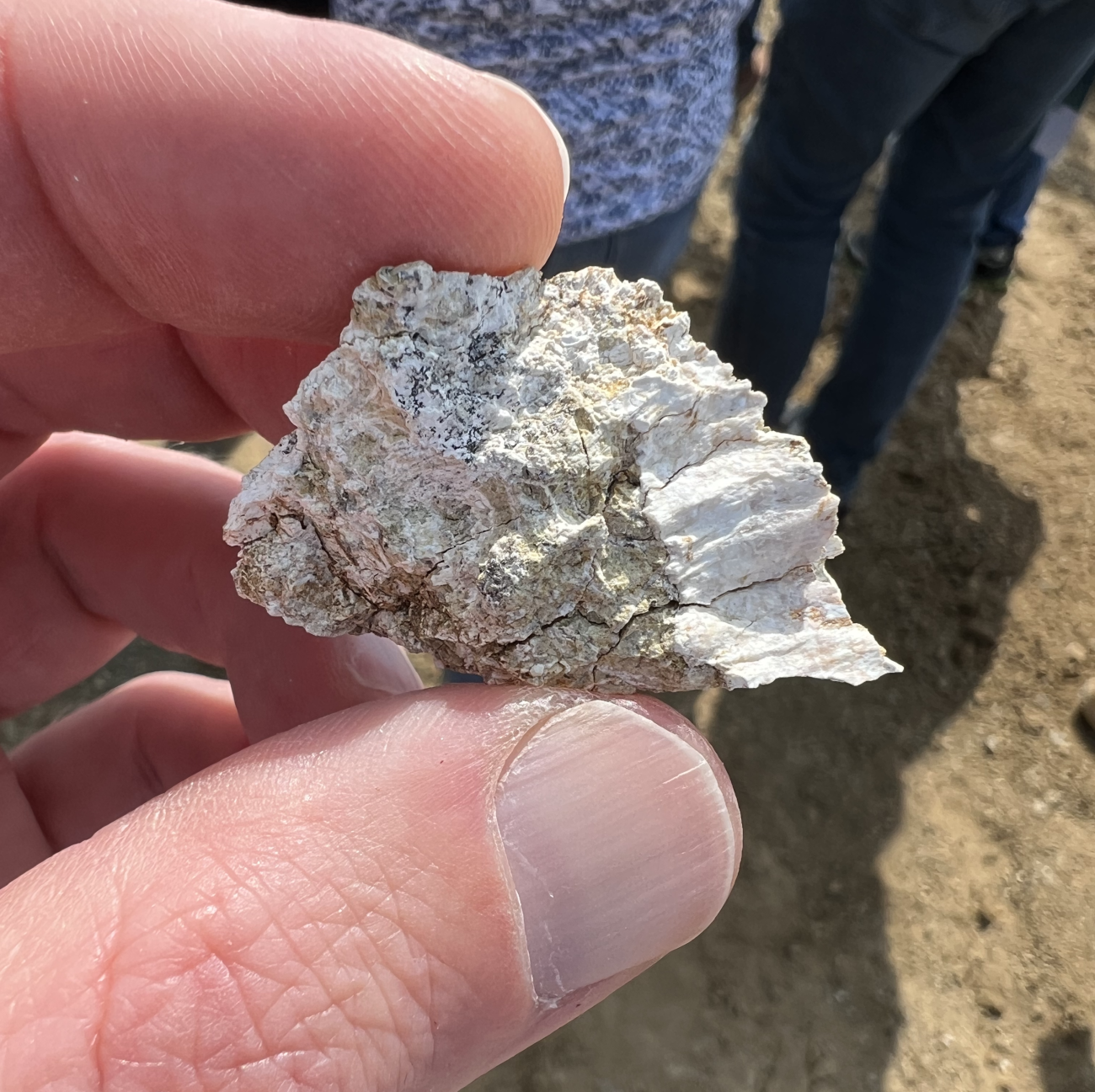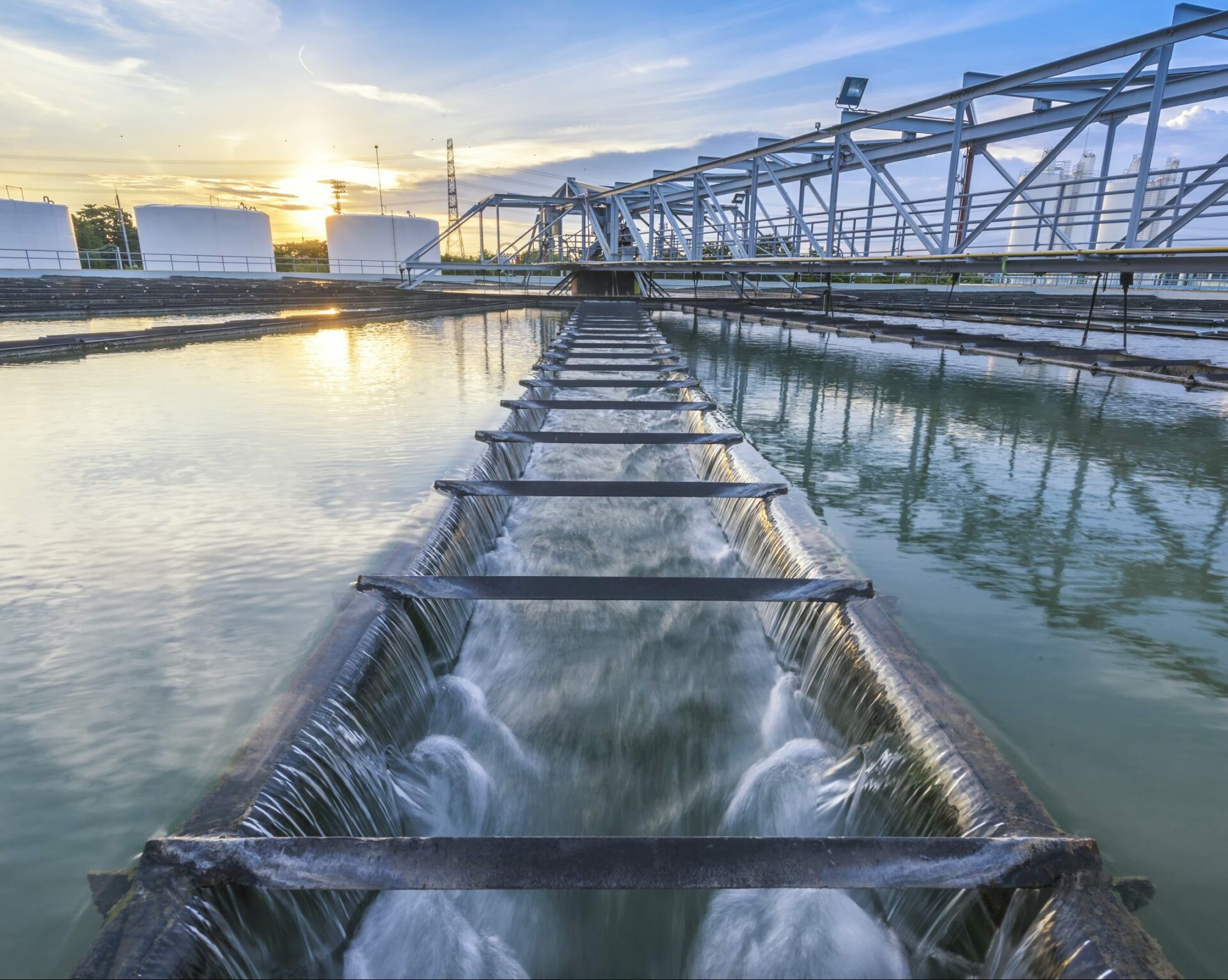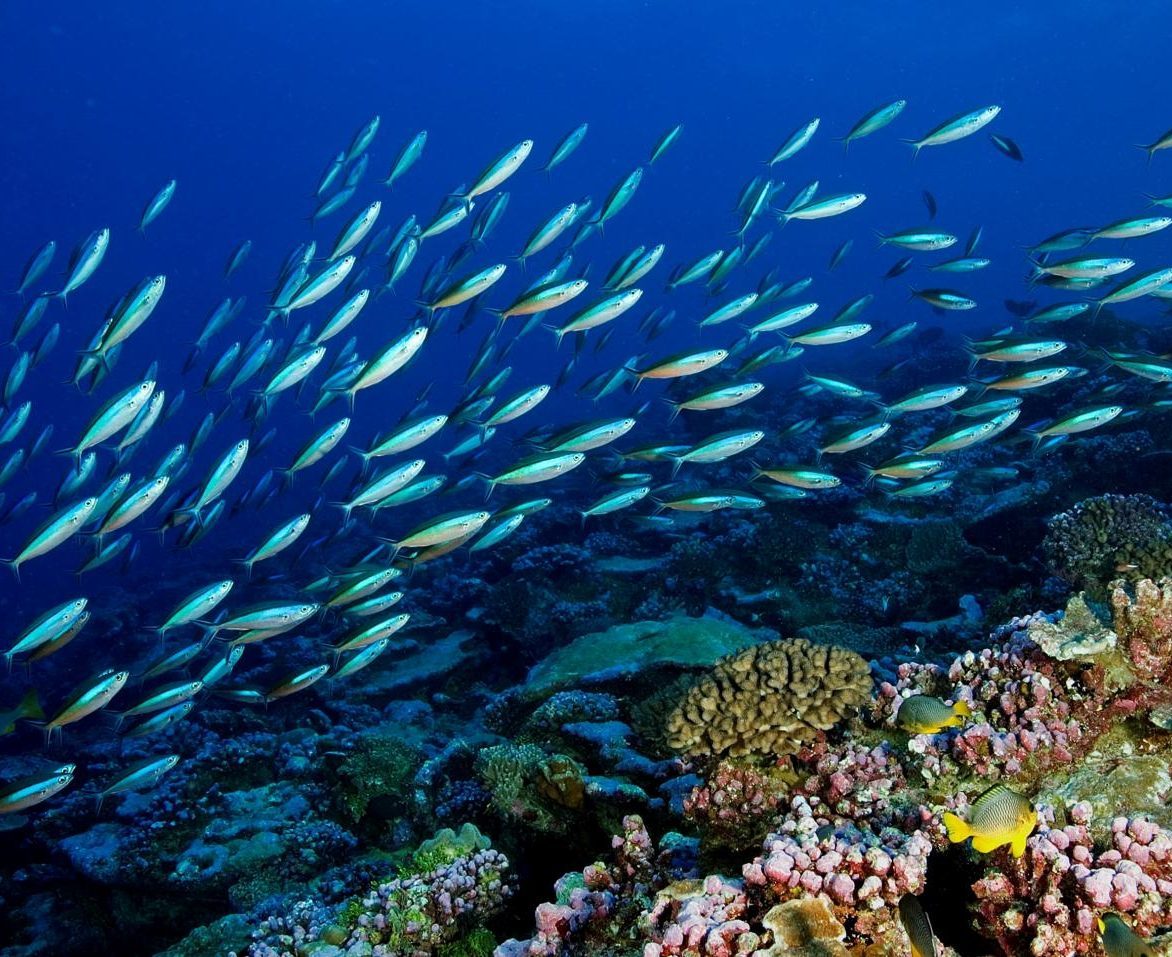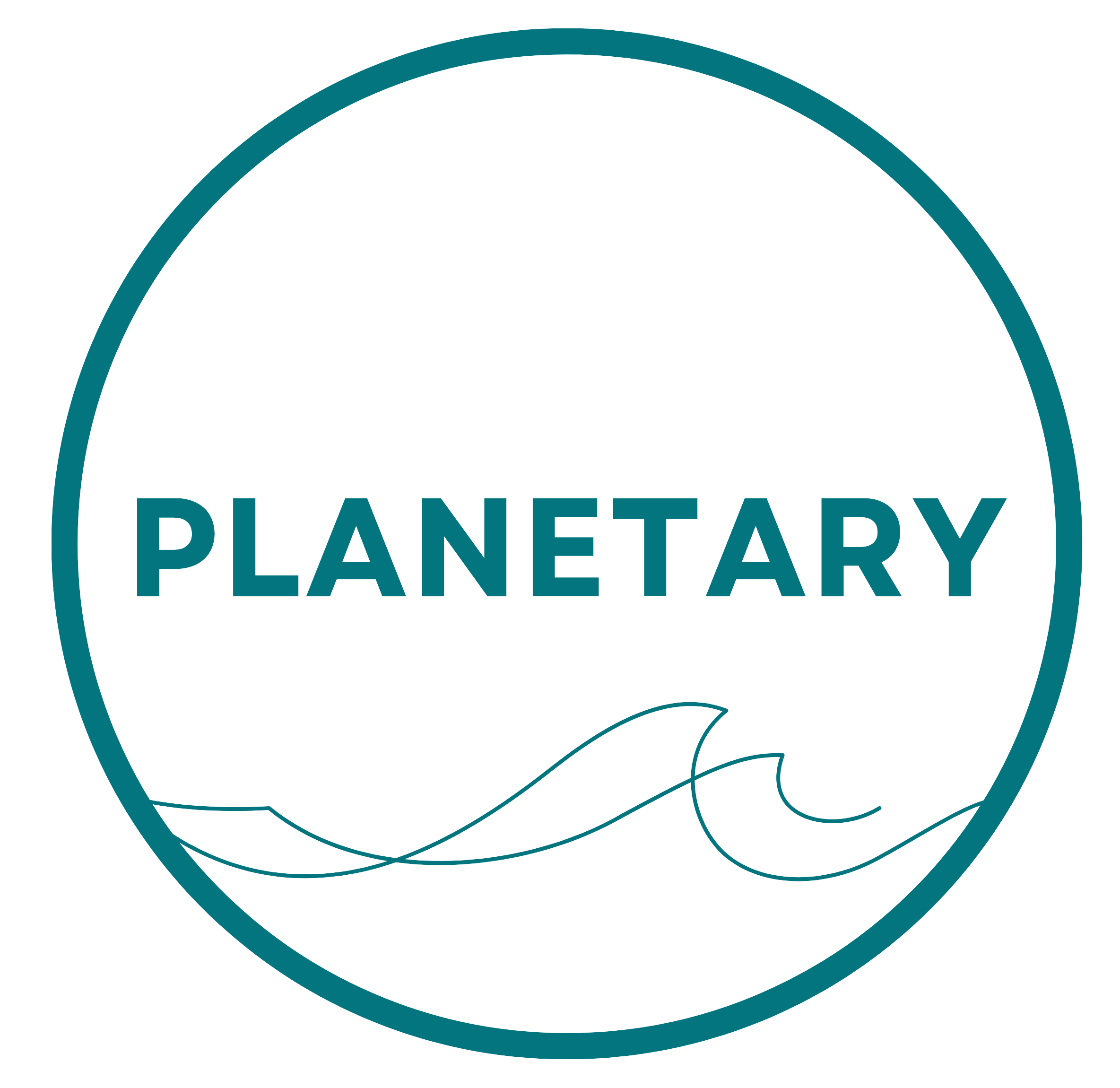Our OAE
Our Ocean Alkalinity Enhancement (OAE) process removes carbon from the atmosphere and safely reduces local ocean acidity.
We add a pure antacid to seawater to neutralise acidic CO2, transforming it into a stable salt that helps support marine life. Once transformed, the carbon is stored in the ocean for 100,000 years.
Planetary’s OAE process is safe and effective. This is because of our choice of alkalinity, our use of existing outfalls to minimise coastal disruptions, and our collaboration with independent parties to verify our monitoring.
The Planetary Ocean Carbon Platform enables the safe deployment of this process.
Ocean Carbon Platform

Our Alkalinity
Planetary’s current projects use magnesium hydroxide, Mg(OH)2 for their alkalinity.
Magnesium hydroxide has been widely used in wastewater treatment facilities for nearly a century. It was chosen as Planetary’s first antacid because it is safe, effective, and well-understood.
We continue to investigate other types of alkalinity that may be safely used to better accommodate the individual circumstances of future sites.
Why Magnesium Hydroxide

Established Coastal Outfall Facilities
Planetary partners with established coastal outfall facilities – including wastewater treatment plants and power plant cooling systems – to add alkalinity into seawater through existing infrastructure.
Working with these facilities helps minimise disturbances to coastal marine ecosystems, allowing new projects to start without building permanent infrastructure. This helps reduces the carbon and financial cost of a project.
The use of existing infrastructure also means that effective and reliable monitoring systems are already in place, as are the regulatory frameworks necessary to ensure a project’s continued safety.
Our projects are governed by our outfall partner’s permits. Local regulators know their area best, and we respect the safety limits and guidelines they have put in place to protect their water.

Measurement and Independent Verification
The final step of an OAE project is measuring the net amount of carbon the project has removed. We have worked with industry leaders to develop our measurement procedures, and they continue to assist in verifying our measurements and calculations.
Planetary is a leader in marine carbon dioxide removal, and we were the first to publish a proposal for a comprehensive Monitoring Reporting and Verification (MRV) framework. We continue to work with independent academic and scientific organizations to ensure that our underlying research is unbiased and up to date.
Planetary’s Reporting and Verification
Our Scaling Process
Planetary begins each of its OAE projects cautiously, and scales up only as we are reassured that the project can be operated safely and effectively.
Our scaling process is informed by collaboration with local non-profits, regulators, and community members.
We believe that those most personally invested in the health of an area should be able to help decide if, when, and how projects affecting that area will scale, and we will not move to the next phase of a project without the approval of local regulators or the consent of the community at large.
The exact timeline of a project’s scaling can vary from site to site, but generally includes the following stages, executed over a period of years.
- Identifying a promising site based on local oceanography, available ocean models, and safety concerns
- Regulatory review by all relevant local regulators and agencies
- An initial small scale trial to gauge CDR potential and refine modelling and monitoring techniques
- Community engagement to hear any concerns from the community and incorporate them into the project plan
- Larger trials increasing in size and duration as local conditions, regulation, and community allow, with continued safety monitoring and community engagement throughout
- Continued co-design of project methods and goals, based on learning from our trials and fully transparent collaboration with the local community
- Deployment of continuous CDR operations designed for the site based on the best available science, only if approved by the scientific and local communities
Our process is underpinned by a commitment to safety.
Planetary conducts comprehensive monitoring before, during, and after any additions to seawater to ensure that there are no unexpected changes in marine ecosystems.
Safety Overview

